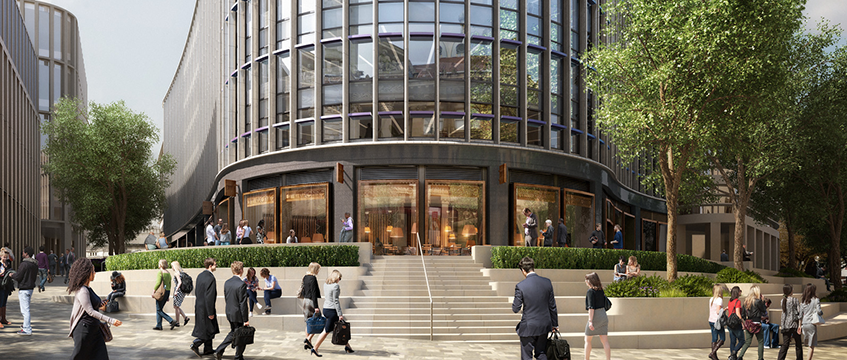COMMENT: Given a fairly unequivocal Budget commitment to public investment in regional infrastructure, regional stakeholders such as local government, businesses, landowners and developers may all find the confidence to bring forward development and regeneration plans of scale.
A forthcoming Colliers publication, Regional Revolution III – the Rise of Cross Border Investment, takes a deeper look at investment trends. The implicit assumption driving the study was that given the consolidation of local government through devolution deals, local market transparency coupled with better local organisation would have increased the number and size of commercial property assets available to investors.
Unexpectedly, when the post-global financial crisis investment cycle of 2014-2018 was compared to the pre-GFC cycle of 2002-2006, the contrary appeared to be true. If we look at the UK as a whole, the total number of deals grew between the two periods from 11,837 to 15,318. London was up by 22%, while the UK regions were up by 32%. Evidence of an increase, it would seem.
Between the same two timeframes, though, investment volumes fell in real terms (when adjusted for inflation) by 1.8% from £221bn to £217bn. Average transaction sizes also fell from £18.7m to £14.3m per deal. If we look beyond Greater London, the contrast is starker. Regional deals numbers may have increased by 32%, but real investment volumes fell by 7% and deal sizes fell from £10.4m to £7.2m.
The role of shopping centres
These negative metrics might be explained by several well-worn themes. A key refrain is lack of finance, both for standing assets (maximum average bank LTVs fell from 80% to 57% between cycles), but especially for new development (annual net lending has been negative since 2009).
A secondary theme is the phenomenal post-GFC political and economic uncertainty (Eurozone crisis, Scottish Referendum, EU referendum, UK snap election) that undermined business and investor confidence.
What might be less obvious is the role that shopping centres play in explaining these numbers. In the pre-GFC cycle, shopping centre deals numbered 555, valued at £32bn; post-GFC deals numbered 261, valued at £10.9bn. In fact, if shopping centres were stripped out of the numbers completely, regional real investment volumes would not have fallen by 7% but increased by 21%. By this ambiguously narrow definition, it might be argued that regional liquidity has improved.
Less ambiguous is the improvement in regional market depth, as defined by investor diversity. Most notable has been the rise of cross-border investors, whose market share rose from 18% to 24% between the two periods.
Among this group, the rise of Asian investors is especially noteworthy. Asian investment as a share of cross-border regional investment increased from 3% to 18%, with transaction size increasing from £40m per deal in the pre-GFC cycle to £49m per deal in the post-GFC cycle.
Billions, not millions
In contrast, US deal size, although still large, fell from £62m to £55m, and Middle Eastern deal size fell from £47m to £20m. These trends may be interpreted in numerous ways, but one might be that Asian investors are competing more effectively with other cross-border investors for a more limited number of large-scale regional assets than in the pre-GFC period.
The implications are clear, especially in connection with the Budget and the commitment to regional economic development. Given the cross-border appetite for scale, the new regional mayors should seize the opportunity to orchestrate local stakeholders in conceiving, planning and marketing projects of scale to cross-border investors.
While the Budget offers considerable regional funding, it still falls well short of the ultimate requirement. As West Midlands mayor Andy Street once put it: “It’s not about millions, it’s about billions.”
He has the Paradise Birmingham £1bn-plus regeneration project to show for his efforts, the financial heavy lifting of which has been done, to date, by a partnership of a domestic fund (Hermes) and a cross-border fund (CPPIB, the Canadian pension fund) as managed and developed by Argent which also acted as a financial backer – a model that could and should be repeated across the regions.
Walter Boettcher is head of research and economics at Colliers International











